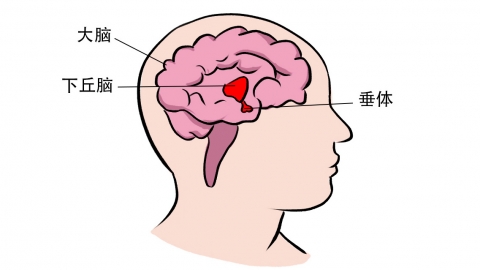How to treat galactorrhea caused by pituitary dysfunction
Generally, the treatment methods for spontaneous milk discharge caused by pituitary dysfunction mainly include etiological treatment, drug therapy, lifestyle management, hormone regulation, and surgical treatment. Detailed explanations are as follows:
1. Etiological Treatment
Firstly, the specific cause of pituitary dysfunction must be identified, such as pituitary microadenoma or hypothyroidism, and treatment should be directed accordingly. If caused by hypothyroidism, thyroid hormone supplementation is required to regulate the endocrine system and improve pituitary function. If a pituitary microadenoma exists, appropriate treatment should be selected based on the tumor's size and nature to control the condition and reduce spontaneous milk discharge at its source.

2. Drug Therapy
Medications can regulate pituitary hormone levels and alleviate symptoms of spontaneous milk discharge. Patients may take medications such as bromocriptine mesylate tablets, cabergoline tablets, or vitamin B6 tablets as directed by a physician. These medications inhibit prolactin secretion, restore normal hormonal balance, and thereby reduce or stop spontaneous milk discharge.
3. Lifestyle Management
Maintaining a regular sleep schedule, avoiding staying up late, and ensuring 7-8 hours of sleep daily can reduce the risk of endocrine disorders. Diet-wise, reduce intake of high-sugar and high-fat foods, and consume more protein- and vitamin-rich foods such as lean meats and fresh fruits and vegetables. Additionally, avoid stimulating the breasts, wear loose-fitting undergarments, reduce breast compression, and prevent worsening of spontaneous milk discharge.
4. Hormone Regulation
For hormonal imbalances caused by pituitary dysfunction, appropriate hormone supplementation can be used to regulate the body's endocrine status. For example, if estrogen levels are abnormal, estradiol tablets or estradiol dydrogesterone tablets (combined formulation) may be used under a physician's guidance to help restore hormonal balance and alleviate symptoms of spontaneous milk discharge. Hormone levels should be regularly monitored during treatment to adjust the treatment plan accordingly.
5. Surgical Treatment
If pituitary dysfunction is caused by a large pituitary tumor and drug therapy proves ineffective, surgical treatment may be necessary. The commonly used procedure is transsphenoidal pituitary tumor resection. This minimally invasive surgery removes the tumor, relieves pressure on the pituitary gland, restores normal pituitary function, and thus alleviates spontaneous milk discharge. Postoperatively, patients should rest adequately and undergo regular follow-up evaluations of pituitary function.
In addition, patients should follow medical advice for standardized treatment, regularly recheck hormone levels and pituitary conditions during treatment. If symptoms such as worsening spontaneous milk discharge, headache, or visual abnormalities occur, prompt medical attention should be sought to adjust the treatment plan and avoid disease progression.






